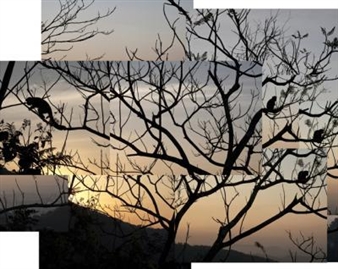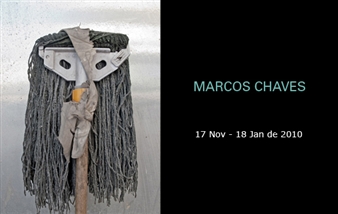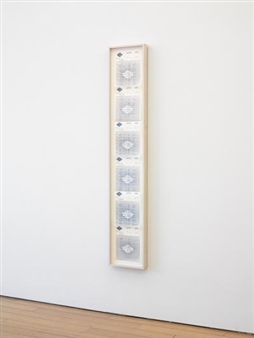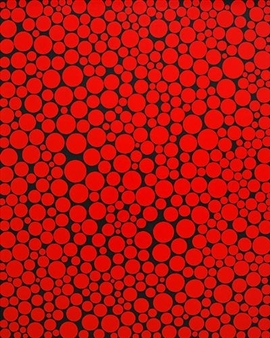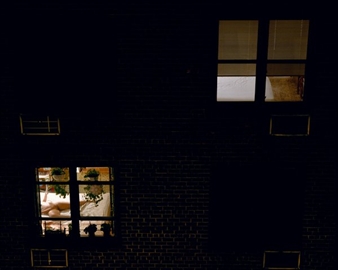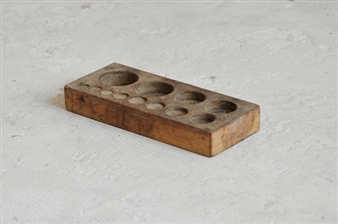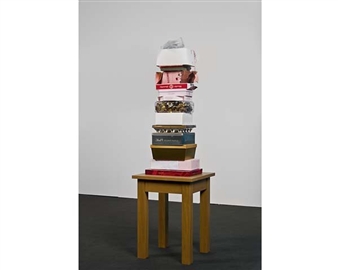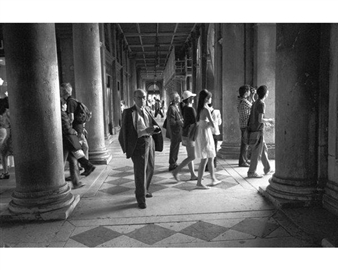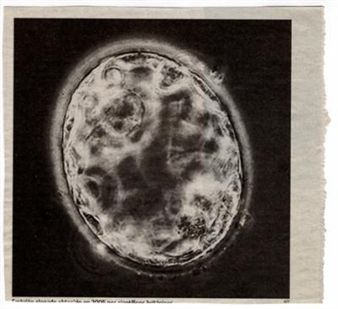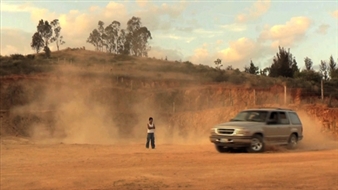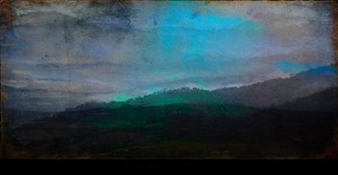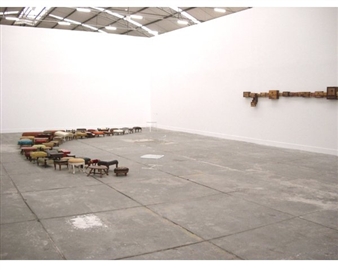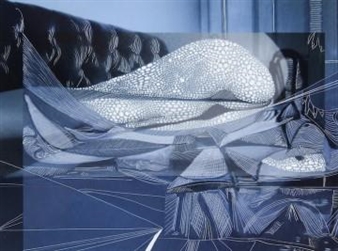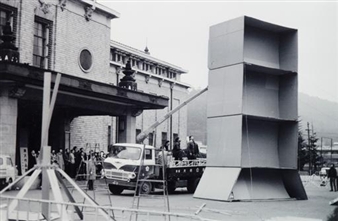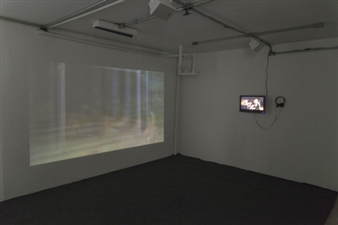Southern Panoramas

Associação Cultural Videobrasil, Sergipe, São Paulo, 09/30/2011 - 12/11/2011
Avenida Imperatriz Leopoldina, 1150
The 17th International Contemporary Art Festival SESC_Videobrasil confirms an orientation that first began to form a decade ago. The Festival’s opening up to all forms of artistic expression brings to fruition a gradual approximation with the visual arts prefigured over the course of four editions devoted to such languages as performance and cinema, and placing increasing importance on exhibition segments beyond their original remit.
The intensification of this dialogue was in synch with the growing space allotted to video and the moving image on the contemporary art scene, in their capacity as the preferred mediums for artistic experimentation.
The Southern Panoramas exhibition was created out of a surprising body of submitted work, of which over a third was produced in languages not normally within the Festival’s remit. Coming from all regions covered by the exhibition—Latin America, Africa, Eastern Europe, the Middle East, Asia, and Oceania—, they comprise four sections that informed the curatorial project and materialized as exhibition chapters.
The first of these, Emotional Mappings, features works that could be understood as attempts to create possible representations for questions of a subjective order—very often arrived at via singular paths, though couched in a common language. In sundry forms, they deal with sensibilities, skirting the frontiers between the personal and the collective, the individual and society.
The second section, Nature and Culture, comprises artworks that inquire how we might return to history in a free way, devoid of the prejudices and vices inherited from the past. Ironically, the answer may lie in the oldest structure of the art system: genre, host rather than home to artists not in search of comfort so much as somewhere to exercise their subversive parasitism. Their aim is not to restore the torn tissue, but to rend it further and more deeply.
The artists featured in the third segment, Political Landscapes, populate the field and circuit of art with dilemmas that hitherto belonged to the shared public and social domain. Old opposites, such as art/politics and local/global are reduced to the same vector. The strategy reveals a potency that seems to derive precisely from a total unconcern for appearing too literal or for following already beaten paths.
The works in this chapter of the exhibition summon into the center of the debate the notion of a “generating” mechanism, in the broadest possible sense of the term. Frequently expressed in the construction of optical devices that alter the gaze and propose new visions, this option configures simultaneously as a starting point and a destination. Between one point and another, it opens space in which the new, the experimental, and the risk can impose themselves.
For More Information
